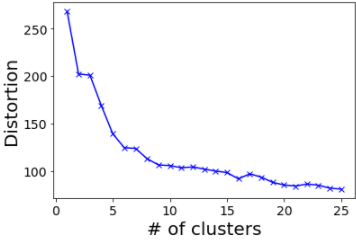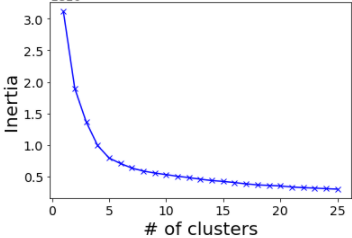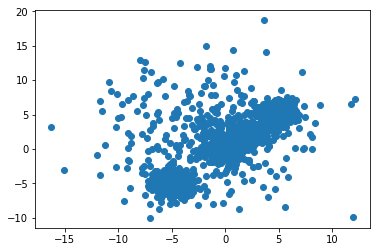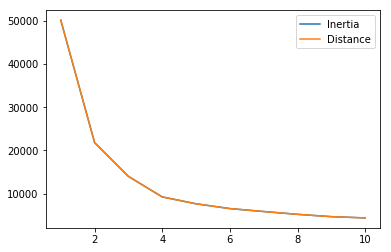I've found two different approaches online when using the Elbow Method to determine the optimal number of clusters for K-Means.
One approach is to use the following code:
distortions_2.append(sum(np.min(cdist(data,
kmeanModel.cluster_centers_,
'euclidean'),
axis = 1)) / data.shape[0])

Another is to use inertia_ from sklearn.cluster.KMeans:
distortions_3.append(kmeanModel.inertia_)

When I plot the results (using the same random states) both give different results but I'm not sure what the differences are, can anyone help?
Edit: If I replace the normalisation factor / data.shape[0] with squared **2 as suggested below, then I still don't get the same as for the inertia plot:
distortions_2.append(sum(np.min(cdist(data,
kmeanModel.cluster_centers_,
'euclidean'),
axis = 1)) ** 2)
Using squared just makes the plot a little smoother, but definitely not the same as using intertia_, I'm just not quite sure how inertia_ is calculated and what it means.


